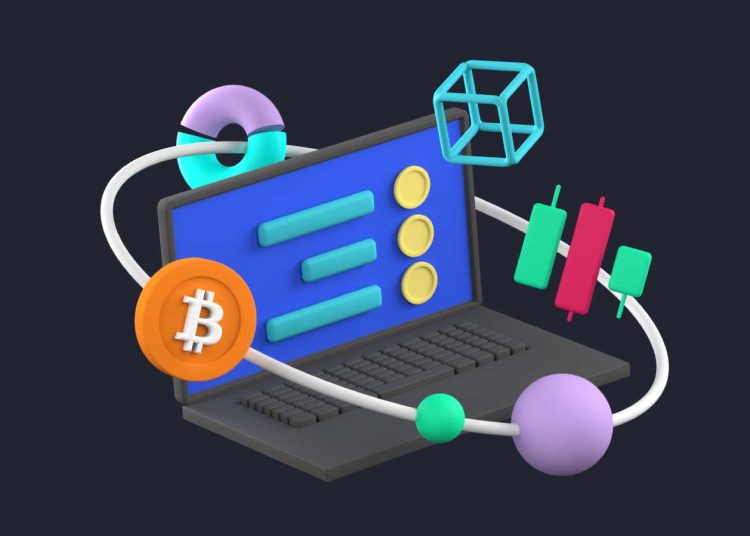Cross-chain communication between blockchains allows different protocols to verify data and transactions without the intervention of a centralized third-party service.
Cross-chain communication between different blockchains is essential in guaranteeing the decentralized functionality of the technology. As blockchain projects ultimately have very different structures, sometimes it might be impossible to exchange data between chains without additional software or third-party intervention. This is why cross-chain communication methods are becoming increasingly sought after. At the moment, there are several cross-chain communication processes for blockchains to exchange information.
Atomic swaps are probably the most popular cross-chain communication tool for blockchain developers. Unlike purchasing cryptocurrency from an exchange, an atomic swap allows peers to transfer tokens wallet-to-wallet through a dedicated smart contract. This process eliminates the necessity of a third-party exchange and allows peers to exchange cryptocurrency directly.
Stateless Simplified Payment Verification (SVP) is another blockchain cross-chain communication tool. This tool allows blockchains to estimate the validity of transactions without having to store all information regarding the transaction. This process enables blockchains to communicate without having to exchange great amounts of data between each other.
Other cross-chain communication tools include merged consensus connections, relays and chain federations. All these communication processes involve different levels of monetary involvement. Not only that, the best approach for cross-chain communication is usually determined by the underlying characteristics of the two blockchains involved. For example, the lightning network is operating exclusively on the principle of atomic swaps. However, because of the widely varying nature of blockchain-based systems, atomic swaps are not always the best choice to ensure cross-chain communication.
Interoperability is one of the major points of focus for blockchain developers, as this is one of the features predominantly missing in current blockchain systems. While blockchain bridges are one way to ensure interoperability, cross-chain communication tools also help to progress towards more functional ecosystems.
The lack of cross-chain communications between different systems at the moment inhibits blockchains from performing at their highest capacity. The more these processes develop, the more applications and implementations will open up before blockchain developers. Not only that, cryptocurrency users will be able to benefit from increased transaction processing speeds and easy exchanges between different tokens instantly. Cross-chain communication still has a long way to go; however, there has been considerable progress in this aspect of blockchain technology.
































Discussion about this glossary